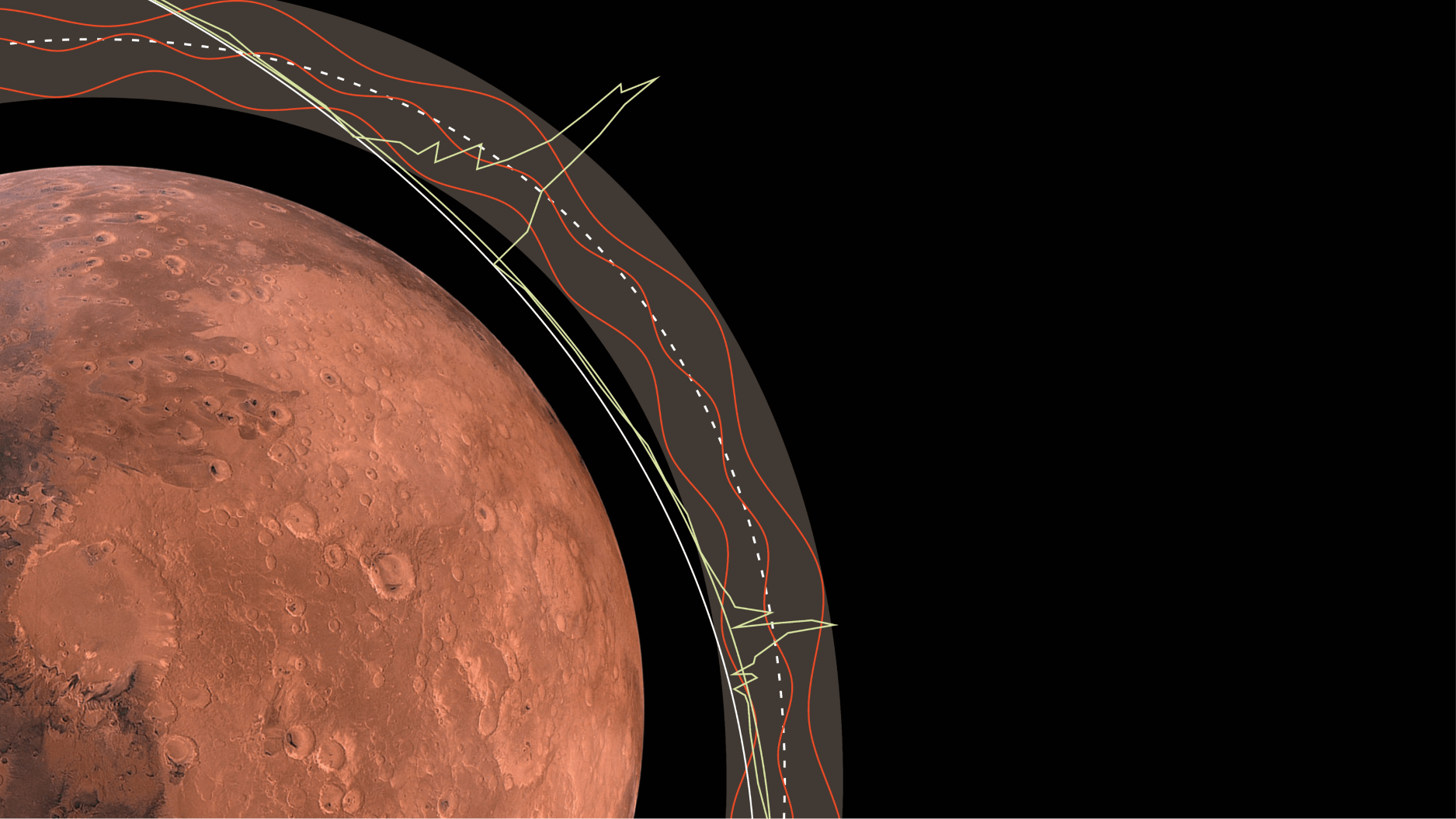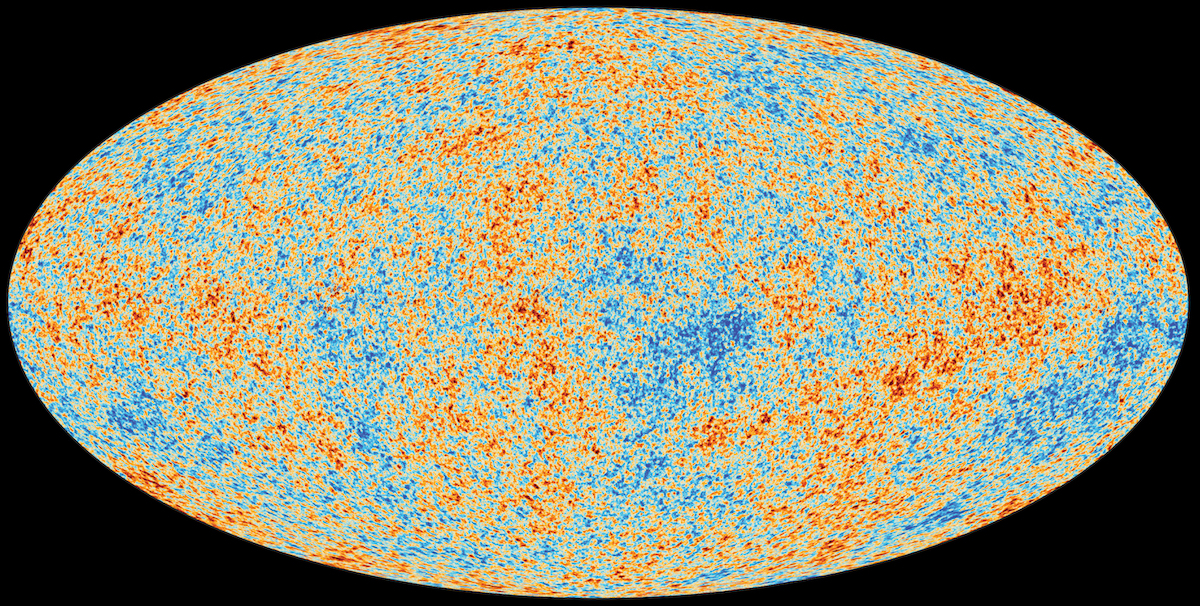Black Hole Mergers Might Actually Make Gamma-Ray Bursts, After All
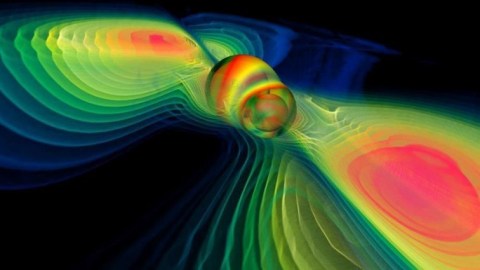
It isn’t just for merging neutron stars, anymore.
Over the past three years, there’s arguably been no greater scientific discovery than the direct detection of gravitational waves. The two LIGO detectors, in Hanford, WA, and Livingston, LA, were joined last year by the Virgo detector in Italy. Combined, the three detectors can localize gravitational wave sources to unprecedented precision, with detections in August pinpointed to just a few square degrees on the sky. The discovery of an electromagnetic counterpart to the first neutron star-neutron star merger was exciting and wholly expected, revealing that they do, indeed, create gamma-ray bursts. We’ve also, by this point, seen five black hole-black hole mergers, which shouldn’t have an electromagnetic counterpart, according to conventional theory. But the most massive black hole-black hole pair that merged, coincidentally the very first one ever detected, may have had a gamma-ray counterpart. According to a revised analysis by the NASA Fermi team, we may be in for a cosmic revolution.
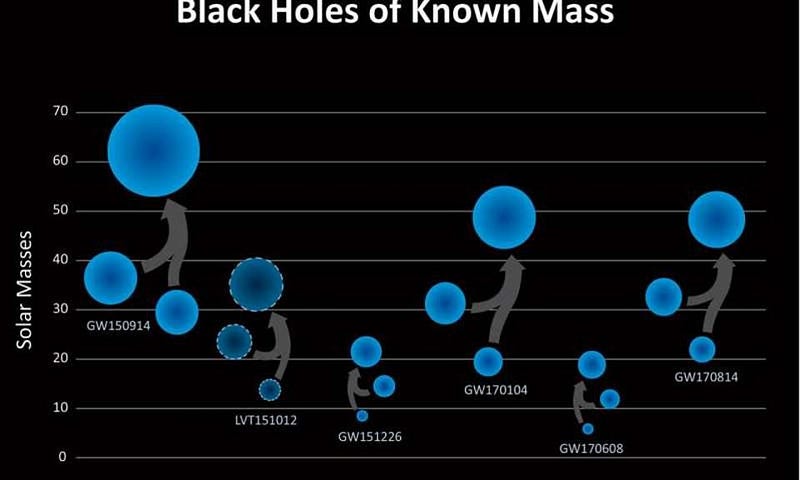
On September 14th, 2015, the ripples from two merging black holes of a never-before-seen mass range, of 29 and 36 solar masses, respectively, reached Earth after a journey of over a billion light years. The signal, appearing just milliseconds apart in the twin LIGO detectors, became the first robust, direct detection of gravitational waves, validating Einstein’s most monumental theory in yet another new way. But out in space, two satellite missions were monitoring the sky, simultaneously, for any ultra-high energy phenomena that may have arrived. On the one hand, there was the European Space Agency’s Integral satellite, capable of measuring gamma-rays above a certain energy threshold. On the other, NASA’s Fermi satellite also measures gamma-rays, but with its energy range split up into narrow divisions. What each team saw would set off a firestorm of public debate.
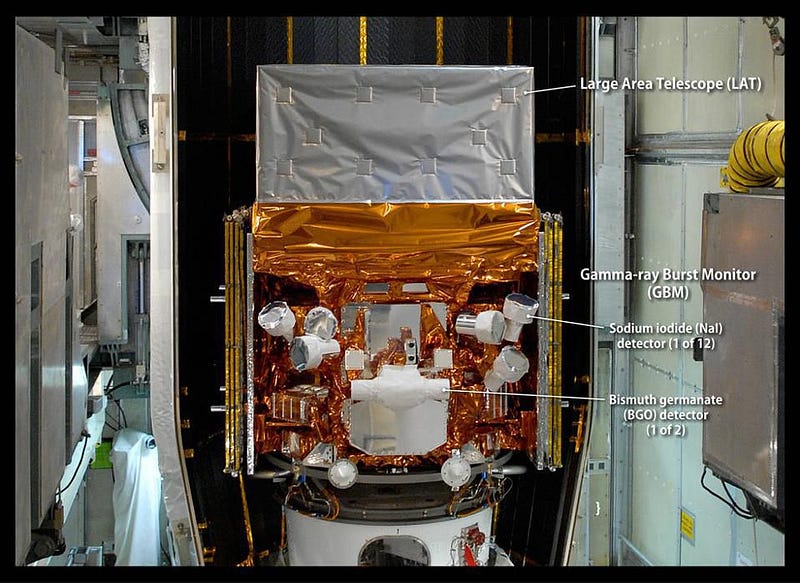
The Fermi team immediately made an announcement that turned heads: they claimed evidence for a weak transient signal, a type that occurs a handful of times every day, offset just 0.4 seconds from the arrival of the gravitational wave signal. The signal was strong enough (6σ) to indicate that something real was there based on the signal-to-noise ratio alone, even though it was relatively weak for a gamma-ray burst, which is normally a ~20σ event. However, when all the other effects of the time-sequence are looked at, the team claimed only a 2.9σ significance that such a signal would occur when it did, falling well below the 5σ required for a robust detection.
Yet the signal appeared convincing, which prompted some well-justified excitement. Due to the orientation of the Fermi detector at the time, it was unable to localize the source particularly well. (Since there were only the two LIGO detectors operating at the time, localization from gravitational waves was very poor as well.) However, not only did the Integral team see no evidence for a signal of any type, but members of a separate team — including former Fermi team members — claimed that the Fermi analysis was steeped in bad science. The stakes for this argument are incredibly high, and the data from the two detectors needed to be reconciled.
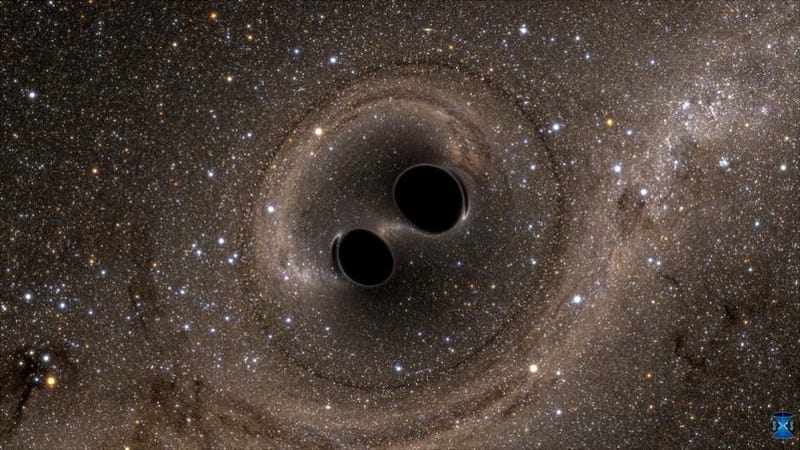
If there is a gamma-ray signal associated with black hole-black hole mergers, it heralds a revolution in physics. Black holes may have accretion disks and may often have infalling matter surrounding them, being drawn in from the interstellar medium. In the case of binary black holes, there may also be the remnants of planets and the progenitor stars floating around, as well as the potential to be housed in a messy, star-forming region. But the central black holes themselves cannot emit any radiation. If something’s emitted from their location, it must be due to the accelerated matter surrounding them. In the absence of magnetic fields anywhere near the strength of neutron stars, it’s unclear how such an energetic burst could be generated.
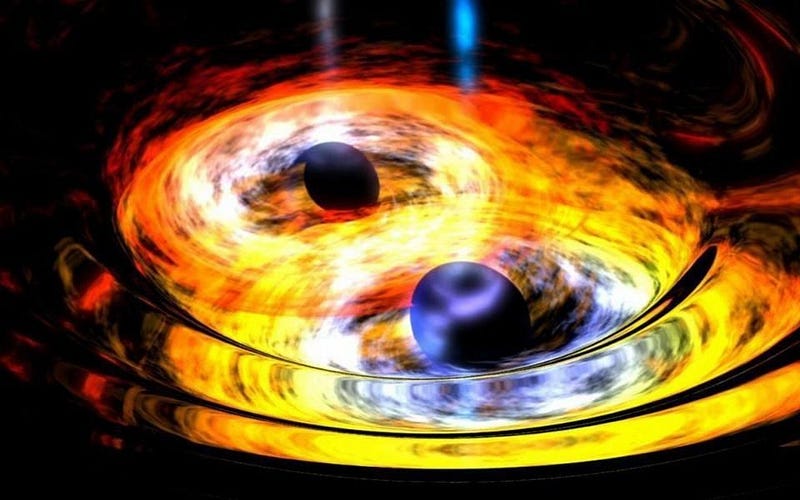
But just because we don’t understand how something could happen doesn’t mean it’s impossible. In physics, as in all sciences, experiments, measurements and observations are the ultimate arbiter of reality. If a theory fails to predict what phenomena are observed to occur, that’s the theory’s problem, and science must work to bring our picture of how reality works in line with nature itself. If the Fermi result is real, it would be revolutionary. But if the Integral team is correct — and the Fermi team’s analysis is mistaken — this simply becomes another mundane “false alarm” that will go away with more data. Thankfully, the two separate teams have talked to each other, and they both agree, now, that there are good reasons for Fermi and Integral each to see what they saw.
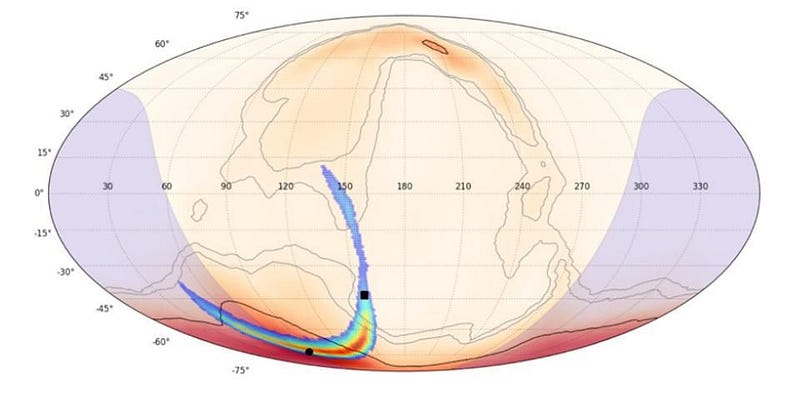
The possibility of an astrophysical revolution, alone, would have been enough to make this suggestion worthy of further investigation. But in a new paper out just a few weeks ago, the Fermi team put out their latest results from a comprehensive reanalysis of the full suite of their data, using both their own methods and the same methods preferred earlier by members of the independent team. As the new analysis shows, using a single detector fit is a very poor way to attempt to hone in on the signal; in general, fluctuations are too large. In point of fact, a larger fluctuation than the one of interest can be seen just 5 seconds after-the-fact.
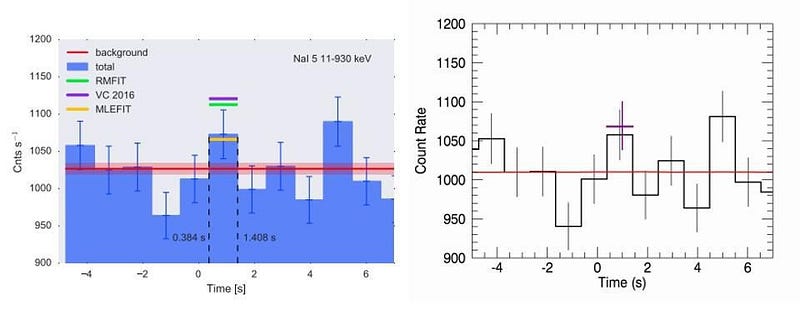
The solution? As demonstrated in this latest paper, it’s to use multiple channels and multiple instruments capable of detection, simultaneously. The main instrument capable of seeing this signal aboard Integral, SPI-ACS (a spectrometer with an anti-coincidence shield) has only a single channel, which adds all the photons together. It’s far less sensitive to a fluctuation that only occurs in a particular energy range. In technical speak, it has a high noise floor. If you’re trying to detect an extra ten photons over a 100 millisecond timescale, it makes a big difference whether your noise floor is 100 photons over that timescale, versus 10,000. Fermi, however, probes multiple channels simultaneously, as well as in multiple instruments.
A robust analysis shows that the “5-seconds-after” fluctuation is just a fluctuation that doesn’t show up in the other instruments, while the one occurring 0.4 seconds after the gravitational wave signal is indeed there. The purple bar represents the significance of the signal in all channels taken together: a detection that only has a 1-in-500 chance of being a statistical fluctuation.
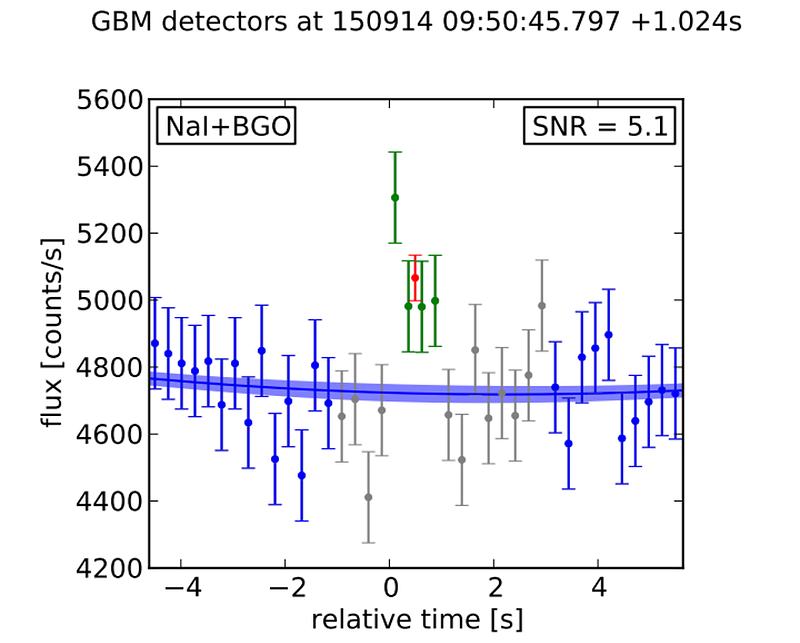
With all that said, statistical fluctuations are still common! The other four black hole-black hole mergers showed no such signal, and many — perhaps even most — promising signals that appear at the ~3σ significance level turn out to be these rare fluctuations, rather than evidence of an actual, physical signal. When you’re probing the frontiers of physics, you have to make absolutely sure that you aren’t fooling yourself. That’s why, in experimental and observational physics, 5σ is the gold standard.
So, all told, what does this mean? It means that the Fermi satellite did, in fact, reliably detect a hint of a short-lived, transient gamma-ray signal that is consistent with occurring in the same location as the gravitational wave signal. If you combine the signals from all detectors, here’s the restricted area on where it could have occurred.
However, the correlation of this event with the gravitational wave merger is, by no means, a certainty. If it is real, we can expect that:
- gamma-ray signals are not associated with all black hole-black hole mergers,
- the signal is very weak compared to neutron star-neutron star mergers,
- the signal will come at specific energies, rather than broadly across the spectrum,
- and it’s going to take many more detections in order to uncover whether, and to what degree, gamma rays are produced by these cosmic cataclysms.
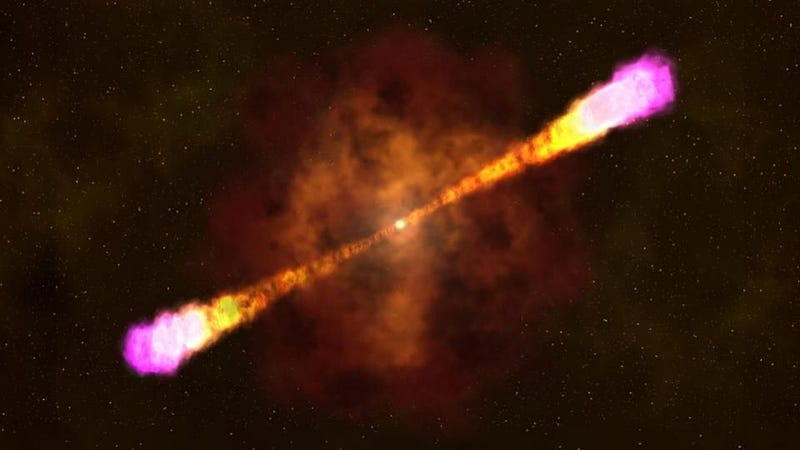
With three gravitational wave detectors set to run at improved sensitivity when the current upgrades are completed, we’ll be able to measure not only the mass and spins of black hole-black hole mergers, but their location and inclination angle. If these mergers truly do emit gamma rays, we’ll be able to find the gamma ray dependence on these parameters. There’s no reason to believe this is anything more than an unlikely fluctuation at this point, but it isn’t merely an artifact of poor data analysis, as was previously claimed by many, including yours truly. Black hole-black hole mergers may produce gamma rays after all. Is the suggestive signal indicative of a real, surprising, physical phenomenon? It will take more data, better data, and a large and varied suite of events to answer the question for certain. That’s what we want, though. In the end, that’s truly what science is all about.
Ethan Siegel is the author of Beyond the Galaxy and Treknology. You can pre-order his third book, currently in development: the Encyclopaedia Cosmologica.



